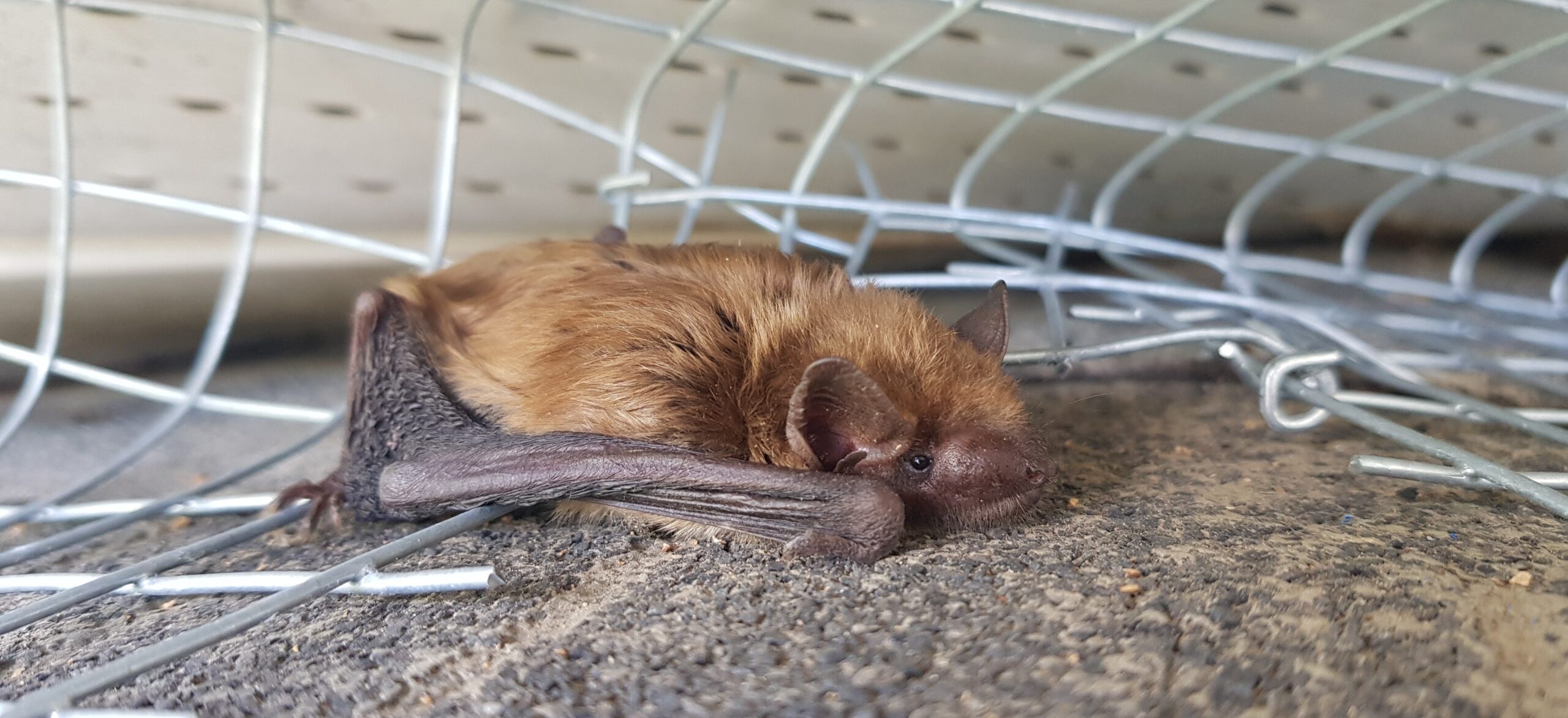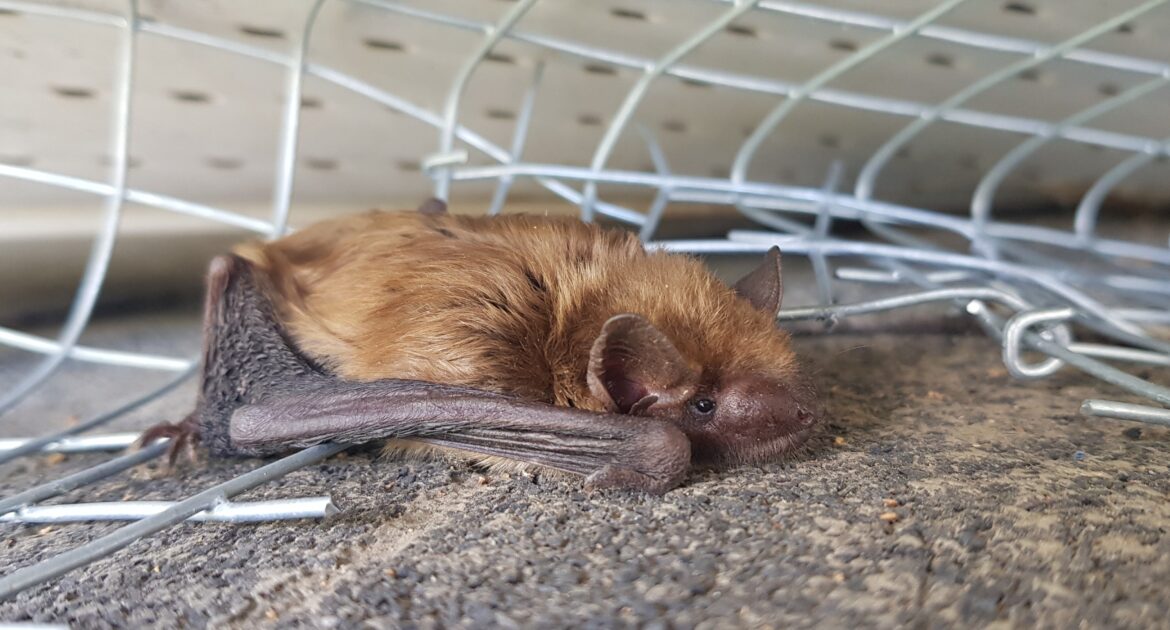If you’ve ever had a bat fly overhead or discovered one unexpectedly roosting nearby, you might have wondered, how big can bats grow? While most people think of bats as small, fluttering creatures, these fascinating mammals boast an impressive range of sizes and features. From small bats that weigh less than a penny to larger species with astonishing wingspans, bats are among the most diverse animals on the planet.
Here in Victoria, we’re lucky to be surrounded by natural beauty and unique wildlife, including several species. Understanding their size and characteristics is not only fascinating but also helps us coexist with these creatures more effectively. Let’s explore how big bats can grow, the largest species, and all the incredible features of their wingspan size.
How Big Can Bats Grow?
Bats vary widely in size depending on the species. They range from the tiny bumblebee bat, which is roughly the size of a large bumblebee, to sizeable flying foxes that spread their wings over an astonishing distance.
There are over 1,400 species globally, and they are divided into two main categories:
- Microbats (small insect-eating)
- Megabats (larger fruit bats, including flying foxes)
Microbats, like the little brown bat commonly found in Canada, typically have a wingspan of 20–28 cm and weigh as little as 5–14 grams. Megabats, on the other hand, can reach impressive sizes. One example is the Indian flying fox, whose wingspan stretches over 1.5 meters. It’s hard to overstate the diversity when it comes to their size and capabilities.
Factors like habitat, diet, and evolution play a significant role size. Here in Victoria, we see bats like the little brown bat and the big brown bat, both of which prefer our milder climate and insect-rich environment.
Understanding Bat Sizes Close to Home
While giant bats like flying foxes generally reside in tropical regions, smaller species, such as the ones we have in Canada, are no less remarkable. Our native bats may be small in size, but their skillful flight and effective insect control make them vital members of our ecosystem.
Some general stats:
- Smallest bats (like the bumblebee bat): 2–3 cm in length, 15 cm wingspan
- Largest megabats (like flying foxes): Over 30 cm in length, 1.7 m wingspan
It’s particularly important to understand sizes when managing their presence in our homes. Smaller species can use tiny gaps to enter attics or walls, making professional services essential for ensuring thorough and humane removal.
Largest Bat Species
Among the largest species, the flying foxes stand out as majestic examples of nature’s creativity. These fruit-eating bats are found in various parts of the world, including Southeast Asia and Australia, and are known for their remarkable size and gentle nature.
The Flying Fox
- Wingspan: Up to 1.7 meters
- Weight: 1–2 kg
- Habitat: Tropical and subtropical regions
Flying foxes get their name from their fox-like facial features and large size. Despite their imposing appearance, these animals pose no threat to humans as they feed exclusively on fruit, nectar, and flowers. Their ecological role as pollinators and seed dispersers is invaluable.
The Greater Mastiff Bat
Another significant contender among the largest species is the greater mastiff bat, native to the Americas. With a wingspan of up to 58 cm, it’s the largest bat species in the western hemisphere. Its long wings and streamlined body allow it to cruise through the air with incredible agility.
Here in Canada, we don’t encounter these giant species, but learning about them helps us appreciate the diversity within this extraordinary group of animals.
Why Do Bat Sizes Matter?
Understanding the size of different species helps us better connect with their needs and behaviours. Larger species like flying foxes may require large roosting sites, while smaller bats may find refuge in urban areas, including attics and walls. This knowledge can guide wildlife control practices, ensuring humane treatment.
Bat Wingspan Size
The wingspan is without a doubt one of the most impressive features. A wing isn’t just a simple structure for flight; it’s an intricate system of bones, muscles, and skin membranes that make them some of nature’s best fliers.
Anatomy of a Bat’s Wings
- Fingers: A wing is structured like a hand, with elongated finger bones supporting the wing membrane.
- Membranes: The skin of the wing is incredibly thin yet durable, allowing for smooth, silent flight.
- Thumbs: Small claws at the tips of the wings help bats climb and grip surfaces.
The wingspan size significantly influences how they hunt and move. Larger bats tend to glide in open spaces, while smaller bats (like those in Victoria) are expert maneuverers, darting through trees and tight spaces with ease.
Local Examples in Victoria
The little brown bat, one of the most common species found in Victoria, has a wingspan of about 22–27 cm. When these animals emerge at dusk, their graceful flight is a testament to the incredible design of their wings.
For homeowners, understanding a bat’s anatomy is critical when addressing potential roosts. Even small bats can escape through tiny crevices thanks to their flexible wings.
Victoria and Its Relationship with Bats
Victoria is lucky enough to have a close relationship with these fascinating creatures. From observing them in Beacon Hill Park at twilight to understanding their role in controlling insect populations, there’s a lot to appreciate about bats here.
Unfortunately, as urban areas expand, bats may find refuge in places like attics or roofs, which can lead to potential health risks for homeowners. At Skedaddle, we specialize in humane removal and prevention services, ensuring that they can be removed safely while protecting homes from potential damages.
When to Call for Professional Bat Removal
If you suspect bats have taken up residence in your home, it’s important to act promptly and responsibly. Signs of a bat infestation can include chirping noises during twilight hours, droppings (guano) found near entry points, or the sight of bats entering and exiting your property. Attempting to remove bats on your own can pose risks, as direct contact may spread diseases like rabies or histoplasmosis.
- Disturbing a colony without proper precautions can harm the bats or worsen the issue.
- Professional removal is recommended as soon as an infestation is identified.
- Experts, such as those at Skedaddle, are trained to assess the situation, use humane exclusion techniques, and implement long-term prevention solutions.
Timely action not only safeguards your health but also ensures legal and ethical compliance, as bats are protected under conservation laws in many areas. Protect your home and the environment with professional assistance.
Final Thoughts and Next Steps
Bats are among the most unique and diverse mammals, capable of thriving across a wide range of environments. Their sizes, from tiny microbats to giant flying foxes, highlight both the beauty and adaptability of these creatures. Here in Victoria, understanding the characteristics of local bats allows us to admire their role in nature while addressing challenges they may pose to homeowners.
If you’re dealing with bat activity in your home or have concerns about their presence, don’t wait to take action. Our team at Skedaddle is here to provide expert, humane solutions. Contact us today and ensure a safe, bat-free space for your family.




